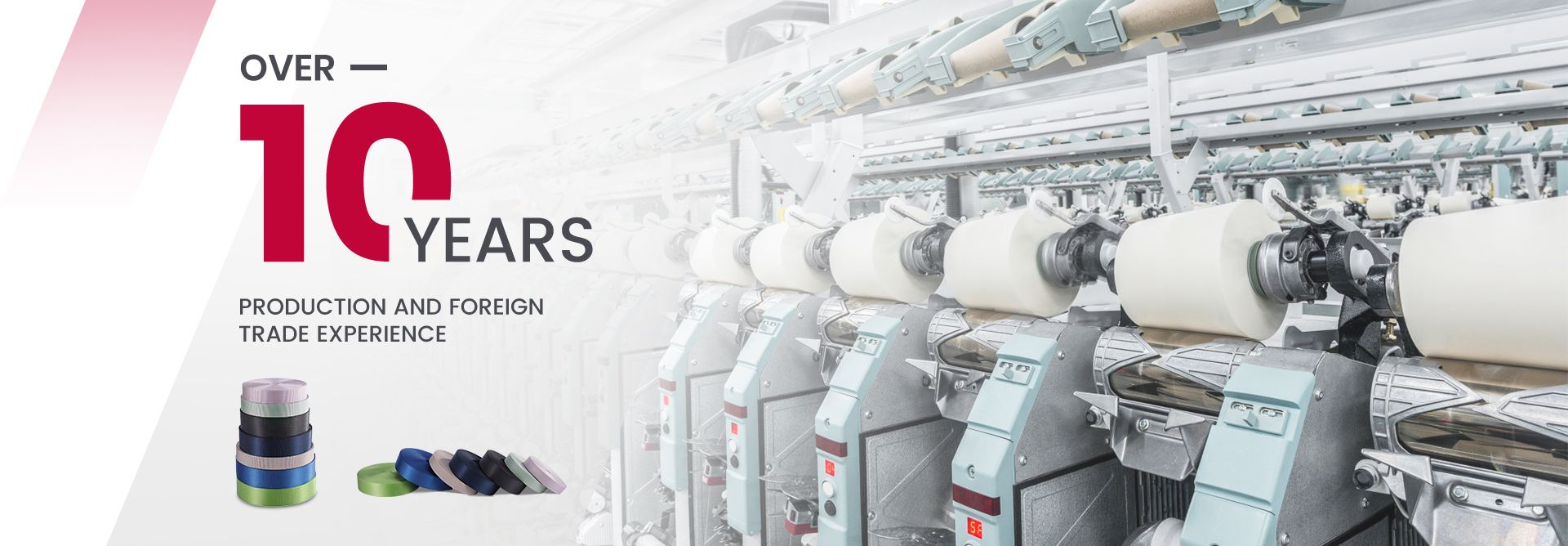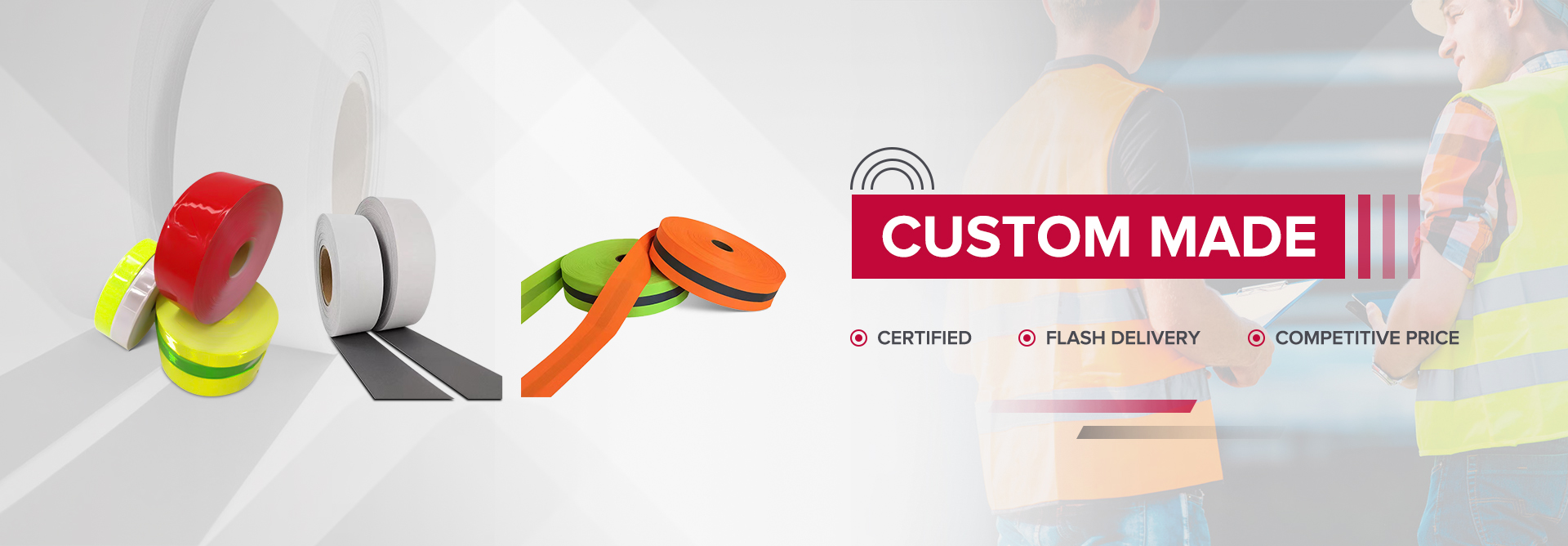Types of Webbing
There are two types of webbing: tubular webbing and flat webbing tape. A solid weave of the cloth is called flat webbing. It’s frequently utilised for backpack and bag straps. When webbing is woven in a tube shape and then flattened to provide two layers, it is said to be tubular. There are numerous safety uses for tubular webbing in kayaking, anchor climbing, and camping.
Webbing tape is made of a wide variety of textiles. Canvas, acrylic, nylon, polyester, polypropylene, and cotton twill are some of these materials. The one you choose will rely on the particulars of your application. You can choose from a wide range of tape and maritime webbing goods in different widths, colours, thicknesses, and materials.
See the breakdown of each product kind by reading our brief guide below.
Fabric Webbing
Tight weave or basket weave construction is commonly used to create fabric webbing or strapping. Materials such as polypropylene, polyester, nylon, cotton, and acrylic are available for the webbing fabric. Look for particular qualities by examining each type. Polyester typically has the highest breaking strength, whereas cotton often has the lowest. Applications include curtain reinforcement, outdoor gear, decorative trim, marine canvas functions, tie downs, shade sail edges, bundling, banding, clothing, upholstery, bag straps, furniture strapping, and upholstery.
Polyester webbing straps is renowned for its remarkable resilience against moisture and UV radiation. Perfect for outdoor uses where weather exposure is a concern. Polyester is a recommended material for heavy-duty applications like load fastening, tie-downs, and even maritime applications because of its high tensile strength and minimal stretch characteristics. Furthermore, the colour retention properties of polyester guarantee results that are vivid and long-lasting.
Excellent flexibility and a high strength-to-weight ratio are provided by custom nylon webbing. It’s frequently utilised for tasks that need for a sturdy yet lightweight material. Although nylon works well for many things, like as bags and athletic equipment, it’s vital to remember that prolonged exposure to UV radiation may make it unsuitable for usage outdoors.
For many purposes, cotton webbing offers a natural and sustainable solution. It is appropriate for applications that demand comfort, such clothing and upholstery, because of its supple feel and breathable quality. Cotton’s weaker breaking strength and moisture susceptibility can limit its application in demanding or outdoor environments. When looking for a comfortable and lightweight material for interior tasks, choose cotton webbing.
Webbing made of polypropylene is known for being lightweight and resistant to mildew and wetness. It’s frequently used for uses where moisture is an issue, such outdoor equipment and damp settings. Although its tensile strength may not be as high as that of polyester or nylon, its water-resistant qualities and reasonable price make it a dependable option for certain applications.
Post time: Jan-12-2024



